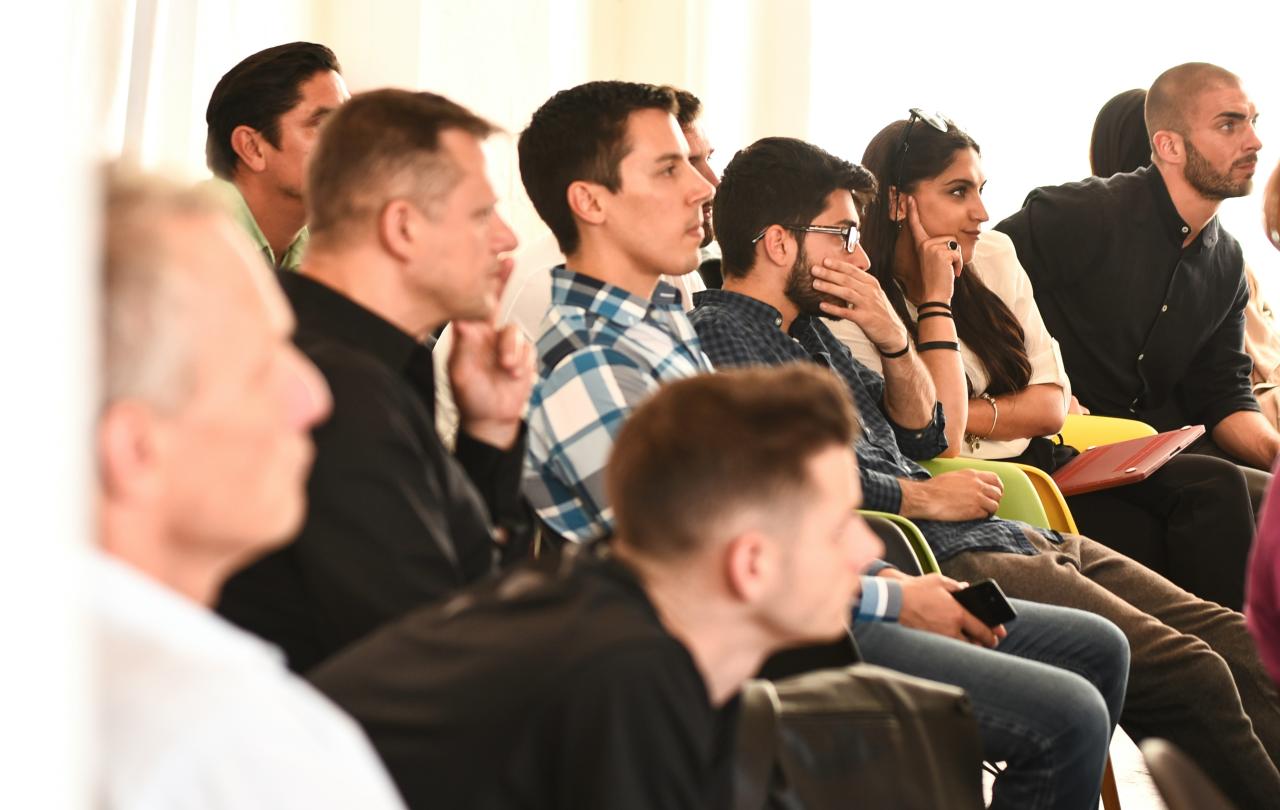
A few years ago, I had dinner with a well-known philosopher. Knowing that he is no friend of religion, and curious how he’d respond, I set about mocking the credulity of Christians and parroting the lines I’d so often heard: superstition degrades and obfuscates; let’s act and think like grown-ups, not craven children; we’re free to write our own rules, and we can write better rules than barbarous Levantine goat-herders; we’re brave enough to say that when we die we rot. And so on. The standard fare.
He looked at me over the top of his glass. ‘Have you never been taught’, he said acidly, ‘that if you destroy the premises of an argument, the argument collapses? The same is true of history.’
I’ve slowly learned that he was right.
‘What have the Romans ever done for us?’, asked John Cleese, as the leader of the People’s Front of Judea. He’s famously answered by his troops. The modern version of the question, which is just as embarrassing, is ‘What have the Christians ever done for us?’ The historian Tom Holland, not (as far as we know) himself a professed Christian, has made a good living by providing a long and meticulously documented list. I’m not going to review it here. My own personal list would include Chartres Cathedral, Paul’s tectonic notion that there is ‘neither Jew nor Greek, slave nor free, male nor female’ (and hence universal human dignity and suffrage), and Christmas.
The Christians say that Christmas is the commemoration of a historical fact: an invasion of history by the author of history; of creation by the creator.
This is too much for many to swallow. If that’s true for you, is it dishonest to celebrate Christmas?
A mathematician friend works on imaginary numbers. An imaginary number is a real number multiplied by the ‘imaginary unit’, i. i2 = -1, and so i = √-1. Think about it. It’s an impossibility. It’s absurd. Descartes talked about ‘imaginary numbers’ only to laugh at the idea. But they are enormously useful in real life. You are reading this on a phone or computer screen courtesy of imaginary numbers. Sometimes it’s worth suppressing, or at least muting, a contemptuous laugh. Tom Holland’s list, and mine, depend on theological and historical numbers that might (or might not) be imaginary. You don’t have to stop dubbing the numbers ‘imaginary’ – don’t stop having to call them ludicrous – to carry on reading your screen.
Christmas, for me, is a celebration not only of family, gluttony and intoxication, but of four facts (if the Christians are historically correct) and four principles which are generated by those facts - whether the facts are real or imaginary. The principles work, just as my computer screen does.
First: human agency is cosmically colossal. The invasion I mentioned above was invited (so preventing it from being rape) by a Palestinian Jewish girl. She could have said ‘No’, and so scuppered the whole project.
Second: Christmas drafts a completely new account of power. In the Christian story of Easter, all the powers of darkness are disarmed by one broken man dying on a piece of wood between dying criminals. It was a continuation of the story that began at Christmas: the birth, in a shitty stable, to a teenage mother accused of fornication, of a child soon to be a refugee, driven to another country to escape the murderous authorities. It’s all about the subversion of political and military power by the irresistible power of the powerless.
Third: the universe is surprising. Nobody predicted the invasion. Yes, I know the Christians say, with the confidence given by the retrospectocope, that there were hints in the Hebrew scriptures, but they weren’t seen at the time, and the most learned Jews today, even with the retrospectoscope, still don’t see them. Yes, I know that the ancient world was awash with tales of the impregnation of mortals by gods, and with virgin births (think of Dionysos, Attis, Romulus and Remus and many others). But they didn’t look remotely like this. Those tales were told to prop up conventional claims to power, not explode them. Bethlehem burst onto the blind side of history, injecting unforeseen possibility. The virgin conception smashed pre-conceptions. A new way of being had gestated. If that was possible, what wasn’t?
Fourth: The most revolutionary thing about Christmas, perhaps, is that it shows that mythos is real – part of the web and weave of reality.
After dinner at Magdalen College, Oxford, on 20 September 1931, J.R.R. Tolkien, C.S. Lewis and Hugo Dyson walked together along Addison’s Walk, part of Magdalen’s grounds. They were discussing the resurrection of Jesus. Lewis knew all about the ubiquitous tales of dying and rising gods. The Christian resurrection stories were no different, he said. They were poetically resonant, no doubt, but essentially ‘lies and therefore worthless, even though breathed through silver.’
‘No’, said Tolkien. ‘They are not lies,’ There was a sudden rush of wind in the still night. In Lewis’s rooms the conversation continued into the early hours. The stories were indeed myths, Tolkien contended, but true myths.
This conversation propelled Lewis finally into Christianity.
The Christmas story suggests that Tolkien was right (and those notoriously mystical quantum physicists – some of the most adept handlers of imaginary numbers, by the way - are right): there is no robust boundary between history and legend, between physics and metaphysics, between matter and spirit. This, in fact, is our working assumption, whether we’re explicitly religious or not. However icy our reductionism, we think that we matter, that there is more than matter, and that whatever that ‘more’ is, it is heavier and more enduring than matter, and matters more than matter. We love our children far more than reciprocal altruism or kin selection suggests we should. However sturdy our atheism we dab our eyes at the St Matthew Passion and put flowers on our parents’ graves.
It is reassuring to have a festival which enjoins us to lift our glasses and toast the way we live when we’re being the kind of people we urge our children, our friends and our politicians to be. It commands us to admit mystery to the dining table, and to celebrate being as mysterious as we know we are.
Christmas, authentically celebrated, is part of the foundation on which rest Chartres cathedral, freedom, suffrage, dignity and many things we innocently and dangerously take for granted. Like it or not, that foundation, as the austere philosopher observed, is the premise of the argument for the civilization that until recently succoured us before we replaced it with – well, with what?
Seen & Unseen is free for everyone and is made possible through the generosity of our amazing community of supporters.
If you’re enjoying Seen & Unseen, would you consider making a gift towards our work?





